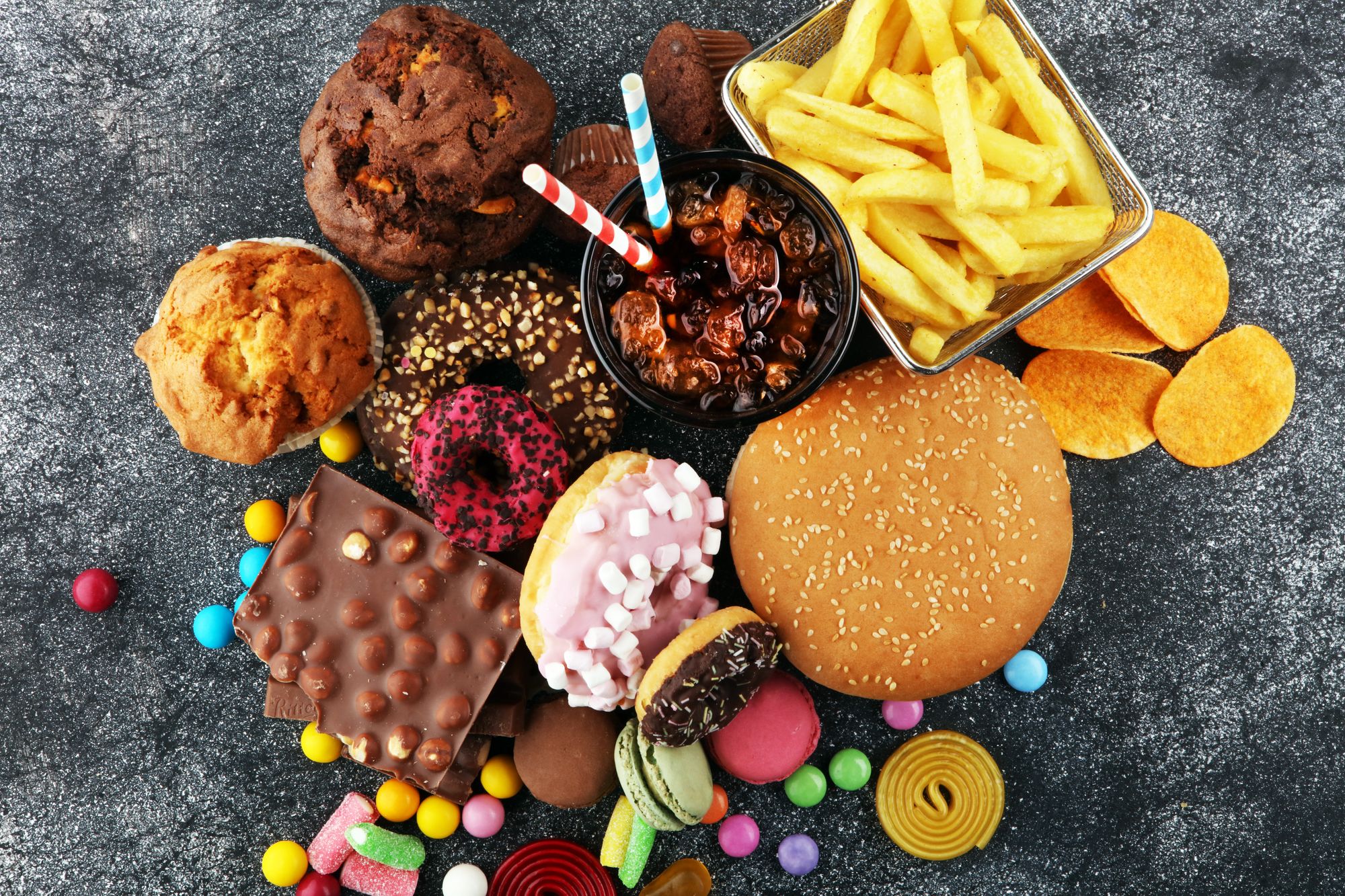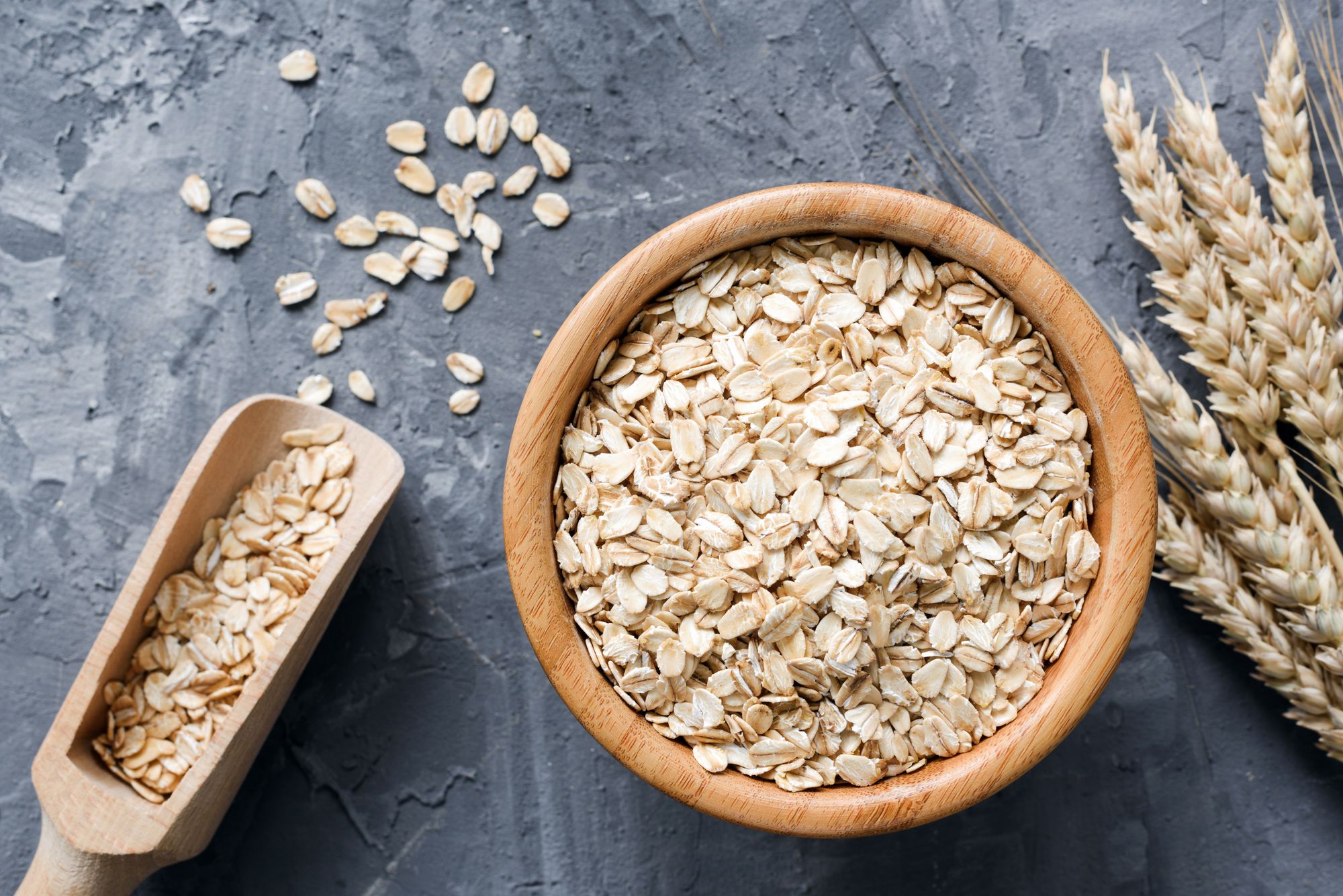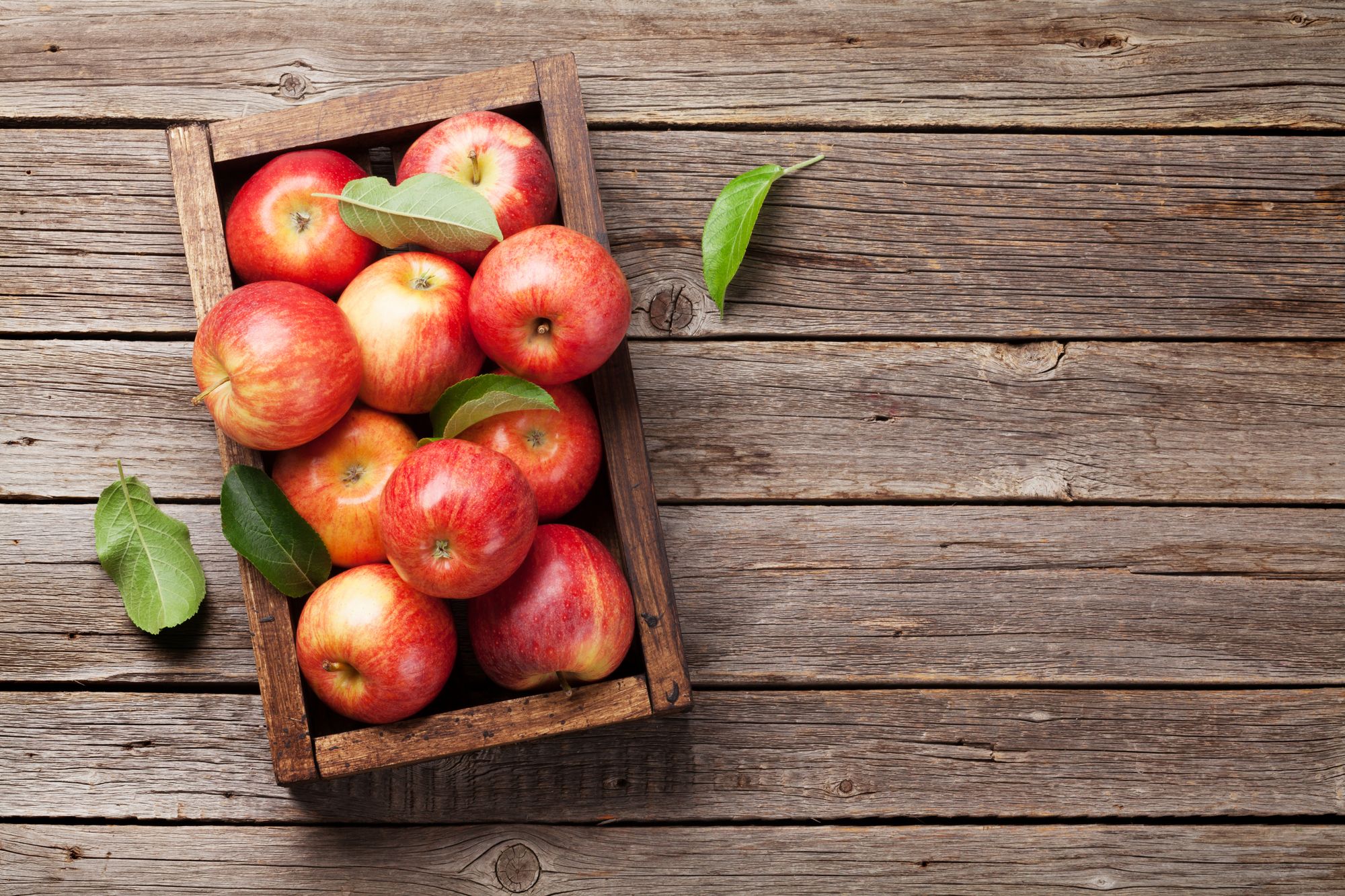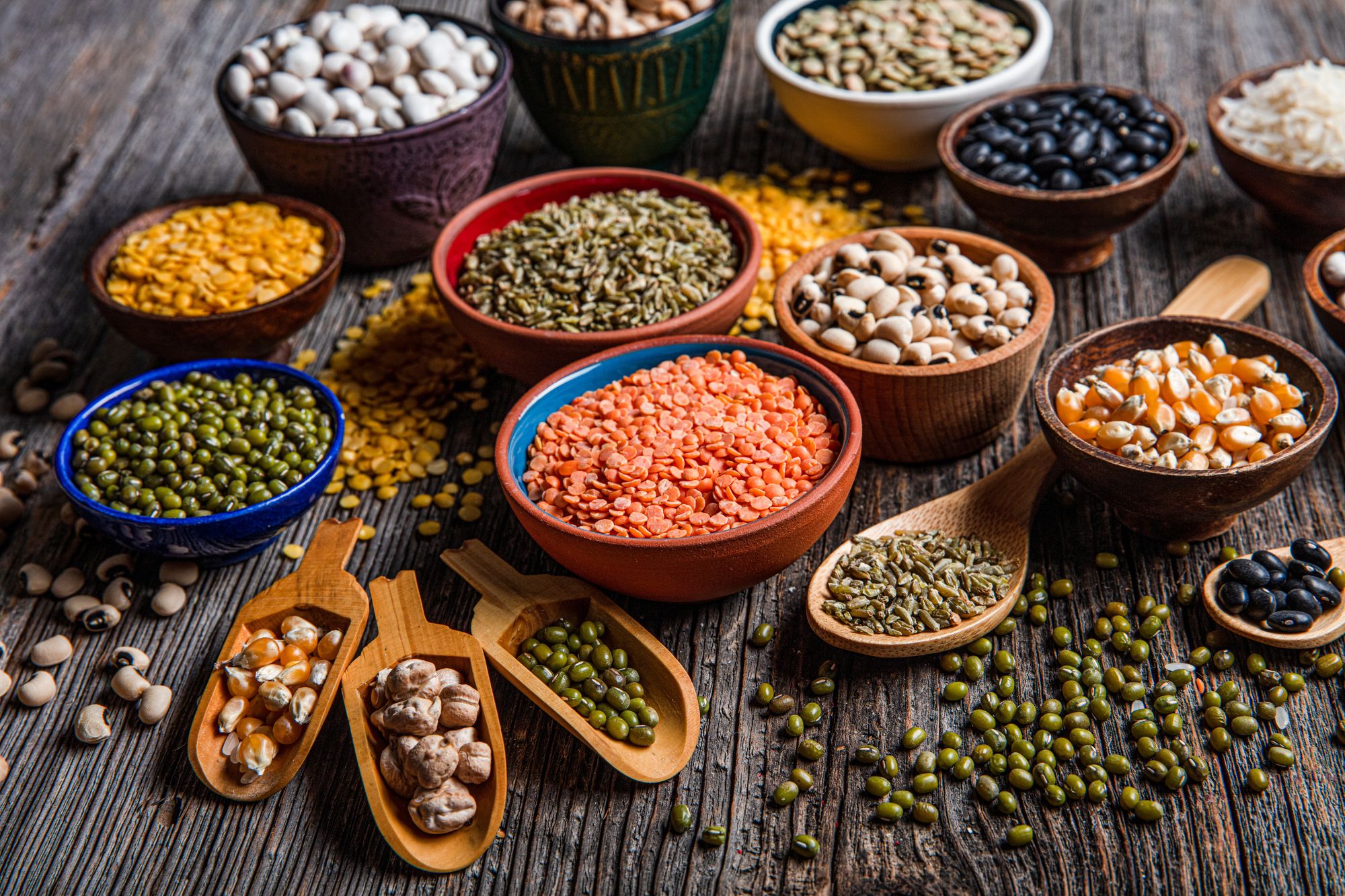If you're on a weight loss journey, you're likely aware of the importance of reducing your calorie intake. However, the challenge lies in the fact that many of us experience hunger and cravings when we start cutting back. The primary obstacle to reducing calorie consumption often stems from our persistent hunger.
Achieving a sense of fullness and contentment is crucial for maintaining a healthy diet and avoiding overindulgence. While it may be tempting to turn to processed, calorie-laden foods when hunger strikes, incorporating natural, nutrient-rich choices into your meals and snacks can help you feel satisfied for longer periods, regulate blood sugar levels, and reduce the risk of chronic diseases. Alongside choosing healthier foods and beverages, there exist several scientifically supported strategies that can assist the brain in curbing your appetite and enhancing feelings of satiety.
Discover these 10 effective methods to promote a sense of fullness while consuming fewer calories.
1) Restrict the Variety of Foods you Consume During Each Meal and Snack

Diversity in meals is often celebrated, but an excess of variety in your diet might contribute to ongoing overeating. This phenomenon can be attributed to "sensory-specific satiety," a psychological concept that significantly influences our food consumption. Sensory-specific satiety describes the decrease in enjoyment derived from a specific type of food as we consume more of it, which is why we tend to overindulge at holiday gatherings, parties, or buffets.
Research published in the American Journal of Clinical Nutrition indicates that both normal-weight and obese individuals are equally affected by sensory-specific satiety. To enhance satisfaction and potentially regulate food intake, it can be beneficial to limit the assortment of foods in a single meal. By reducing the range of flavors and aromas on your plate, you'll naturally reach a state of satiety more quickly. This, in turn, fosters a heightened sense of contentment with your meal, promoting healthier eating practices and portion management.
2) Get More Sleep

Emerging research highlights the vital role of obtaining an adequate amount of sleep in the regulation of hunger hormones and the prevention of overeating. A pivotal study, as published in the British Journal of Nutrition, revealed that insufficient sleep led to elevated levels of hunger hormones, resulting in participants reporting increased feelings of hunger following poor sleep. Multiple studies reinforce this finding, demonstrating that sleep deprivation leads to heightened ghrelin levels, the hormone responsible for stimulating appetite, while concurrently reducing leptin levels, which signal a sense of fullness.
Prioritizing adequate sleep, typically falling within the range of 7-9 hours per night for adults, can help restore the equilibrium of these hormones. This, in turn, facilitates the maintenance of a healthy weight and aids in resisting the urge to overindulge.
3) Incorporate Intermittent Fasting Into Your Routine.

To successfully reduce calorie intake and manage hunger, consider integrating intermittent fasting into your regimen. According to a comprehensive review conducted by the Harvard T.H. Chan School of Public Health, which examined 40 studies, intermittent fasting has proven effective for weight loss, resulting in an average reduction of 7-11 pounds over a 10-week period.
Nevertheless, it remains uncertain whether intermittent fasting outperforms other weight loss techniques. Many of my clients have shared that adopting a time-restricted eating pattern, where they consume meals within a 10-hour window and fast for 14 hours, has been instrumental in keeping their hunger and appetite under control. Frequently, we engage in mindless eating, especially during nighttime or when not experiencing true physiological hunger. By embracing time-restricted intermittent fasting, you can mitigate the tendency to eat without genuine hunger cues.
4) Avoid High-Fat, High-Sugar, and Heavily Processed Foods

Food manufacturers have honed the craft of crafting irresistibly delicious and crave-inducing foods that digest rapidly, leaving us yearning for more. A comprehensive review study featured in Clinical Chemistry illuminates how certain food combinations, such as sugar with refined carbohydrates, fat, and salt, possess the ability to trigger addictive-like behaviors. Consuming foods with high glycemic loads, which essentially translates to being rich in sugar and refined carbs, activates a pleasurable dopamine response in the brain. As this response diminishes, our cravings for these foods intensify, even in the absence of genuine physiological hunger.
In line with research from the University of Michigan, as published in PLOS ONE, the most addictive foods tend to include chocolate, ice cream, French fries, pizza, cookies, chips, cake, buttered popcorn, cheeseburgers, muffins, breakfast cereal, and gummy candies. What ties these items together is their highly processed nature and the inclusion of added fats or refined carbohydrates, as highlighted by the researchers.
5) Break More Eggs

Eggs are renowned as the pinnacle of high-quality protein, and their protein content can contribute to prolonged feelings of satiety. Research comparing egg-based breakfasts to cereal or bagel breakfasts has demonstrated that opting for eggs in the morning heightens sensations of fullness and proves more adept at curbing hunger while enhancing the sense of satisfaction.
In a study published in the International Journal of Environmental Research and Public Health, it was revealed that individuals who consumed an egg-based breakfast consumed fewer calories at lunch and reported sustained fullness compared to those who had an equal-calorie breakfast consisting of cereal, milk, and juice. While commencing your day with eggs is an excellent choice, having hard-boiled eggs readily available can serve as a nutritious between-meal snack, potentially assisting in calorie control throughout the day.
6) Incorporate More Oats Into Your Diet.

Kickstart your day with a bowl of oatmeal or a refreshing overnight oats preparation to ignite your sense of satisfaction. Oats are abundant in soluble fiber, particularly beta-glucans, which have been extensively investigated for their appetite-curbing benefits, alongside their capacity to reduce harmful LDL-cholesterol levels. A noteworthy study featured in the Journal of the American College of Nutrition showcased that the consumption of oatmeal led to increased fullness and decreased hunger when compared to a low-fiber cereal, ultimately resulting in reduced calorie intake later in the day.
This enduring sense of fullness not only aids in managing calorie consumption but also promotes improved portion control and healthier dietary choices. Beyond enjoying oats in their traditional hot or cold forms, you can also integrate them into smoothies, baked goods, and ground meat dishes to further amplify the sensation of satiety.
7) Consume Water or Soup Prior to Your Meals.

An effective technique to create a sense of fullness while reducing calorie intake is to consume 16 ounces of water or enjoy a bowl of broth or vegetable soup before your lunch or dinner. Research published in the journal Obesity found that individuals who drank approximately two cups of water before their meals while following a calorie-controlled diet lost approximately 5 pounds more over a 12-week period compared to those who did not drink water before eating.
Furthermore, a study conducted at Penn State University revealed that commencing your meals with soup resulted in a consumption of approximately 20 percent fewer calories during the meal. The inclusion of energy-poor water or low-calorie soups before your meal can help promote satisfaction due to the increased meal volume created by these additions.
8) Eat More Apples

Apples are a notable source of soluble fiber known as pectin and water, which collectively make them an excellent choice for quelling hunger and elevating feelings of fullness. A comprehensive review article featured in the Journal of the American College of Nutrition highlighted that apple could contribute to weight loss through various mechanisms.
The pectin fiber present in apples serves to decelerate the digestion and absorption of nutrients, thereby amplifying sensations of satiety. With roughly 100 calories and 4.5 grams of fiber per medium-sized apple, they represent a practical and healthful option for individuals striving to curtail their overall calorie intake.
9) Go for Smaller Plates and Bowls.

Our eating habits are strongly influenced by what we see, and if you've been raised with the "clean your plate" mentality, using oversized tableware may lead to larger food portions. This effect is attributed to the Delboeuf Illusion, a psychological phenomenon identified in research published in the Journal of Consumer Research, which can cause individuals to overeat when their food is served on or in larger plates and bowls. By simply switching to smaller tableware, you can facilitate the serving of more suitable, fulfilling meals and snacks, all while aiding in the reduction of daily calorie intake.
By integrating these dietary adjustments and other strategies into your daily routine, you can foster a sense of fullness that makes it easier to manage your calorie consumption and advance your overall health and weight management objectives. It's crucial to remember that a well-rounded diet, coupled with portion control and mindful eating, is fundamental in achieving lasting satisfaction and overall well-being.
10) Embrace Beans and Legumes in Your Diet.

Beans, peas, lentils, and chickpeas stand out as exceptional sources of plant-based protein, fiber, slow-digesting carbohydrates, and valuable antioxidants. According to research published in Advances in Nutrition, their impressive fiber content and relatively low calorie count make them a valuable addition for promoting fullness while reducing calorie intake.
Numerous studies have demonstrated that individuals consistently report heightened feelings of fullness after consuming legumes, especially when compared to meals lacking these ingredients. Legumes play a key role in stabilizing blood sugar levels, subsequently contributing to prolonged satisfaction. You can incorporate beans and legumes into your diet by including them in salads, soups, and stews, and you can even mash them and use them as an ingredient in baked good.

